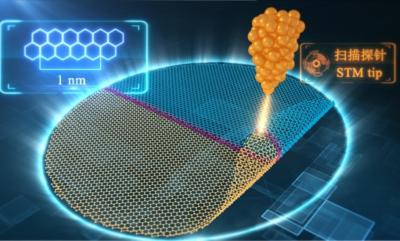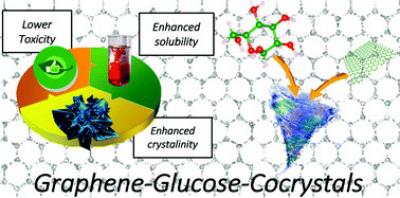Graphite One awarded $4.7 million government contract for graphite and graphene foam fire suppressant
Graphite One, a mining company planning a complete domestic U.S. supply chain for advanced graphite materials, has announced that it has received a US$4.7 million contract from the U.S. Department of Defense's Defense Logistics Agency ("DLA") to develop a graphite and graphene-based foam fire suppressant as an alternative to incumbent PFAS fire-suppressant materials, as required by U.S. law.
"Graphite One is pleased to begin work on this Defense Logistics Agency project, which responds to the legally-mandated requirement to develop a new alternative to long-standing foam fire suppressants which are known to have toxic impacts on human health and the environment," said Anthony Huston, President and CEO of Graphite One. "This DLA contract underscores the importance of graphite for innovative technology applications beyond the renewable energy markets – an important part of Graphite One's advanced graphite materials strategy."









